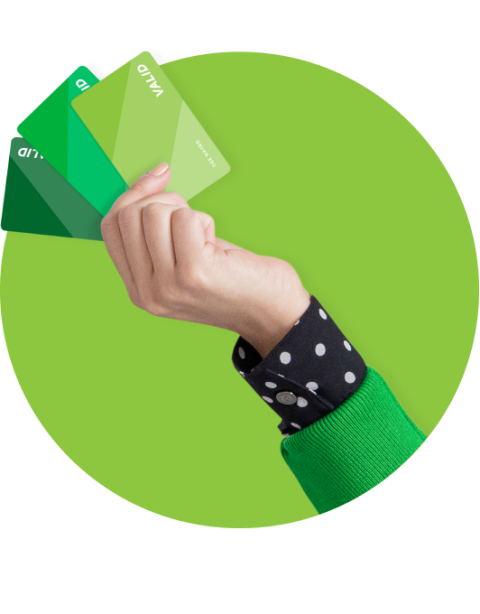What Is an Outstanding Balance on a Credit Card?

Many or all of the products featured here are from our partners who compensate us. This influences which products we write about and where and how the product appears on a page. However, this does not influence our evaluations. Our opinions are our own. Here is a list of our partners and here's how we make money.
When it comes to loans, a balance generally refers to the amount you owe — but with credit cards, there can be several types: statement balance, current balance and negative balance, to name a few.
Current balance means the same thing as outstanding balance. Here’s what that means and why it matters when it comes time to pay your credit card bill.
What is an outstanding balance?
The outstanding balance on a credit card is the total amount owed at the time that you check your account. It is the total of purchases, cash advances, balance transfers, issuer fees and interest that have posted to the account.
Also known as the current balance, it is a living number that can change daily. If the outstanding balance is $500 when you log into the credit card’s app in the morning, but a $50 statement credit posts to the account midday, the outstanding balance you owe is $450 (even if the $50 credit is still showing as pending).
For the most up-to-date number of how much you owe the card issuer, check your outstanding balance.

What’s the difference between outstanding balance and statement balance?
While the outstanding balance is the total amount you owe on the card, the statement balance indicates only how much you owe since the close of your last billing cycle, usually a period of around 30 days.
Your monthly credit card statement will typically list both your outstanding (aka current) balance and your statement balance. It's possible for these two balances to be the same, but they may not be if you use your card — or make a payment toward it — after your statement closing date.
You can calculate your statement balance yourself:
Add up all purchases, fees, balance transfers and cash advances from the billing period. Let's say that total is $3,000.
Add up all payments and statement credits from the billing period. Say that total is $1,000.
Subtract the second amount from the first. The statement balance would be $2,000.
If no other transactions are made, then both your statement balance for that billing cycle and your outstanding balance are the same: $2,000.
However, if you make additional transactions after the closing date of that billing cycle, your statement balance remains $2,000, while your outstanding balance will include those additional transactions.
Should you pay the outstanding balance?
Paying the outstanding balance is an excellent option if you can afford to do so. By submitting a payment in the amount of your current balance, you’ll have completely paid off your credit card bill, thus avoiding interest charges.
Paying the outstanding balance also guarantees that your credit card’s balance resets to zero, which isn’t always the case when you pay the statement balance. Credit bureaus prefer accounts with a low utilization ratio, or the percentage of total available credit in use at one time. Experts advise keeping your utilization ratio below 30%. After paying the outstanding balance, your utilization ratio for that particular credit account will be exactly 0%.
However, you won’t owe any interest if you pay the full statement balance either. When you do that, a grace period goes into effect, allowing you to "float" any new charges you make until the due date for your next billing cycle.
Note, though, that some issuers don't give grace periods, and they may temporarily revoke that perk for cardholders who don’t pay off their balances by the due date.
Find the right credit card for you.
Whether you want to pay less interest or earn more rewards, the right card's out there. Just answer a few questions and we'll narrow the search for you.


